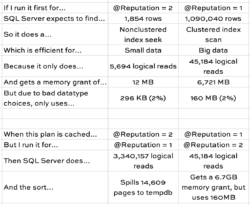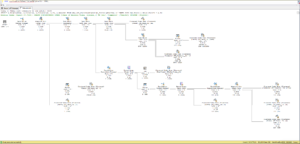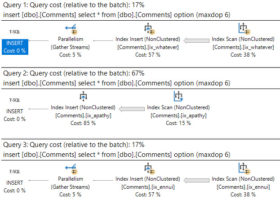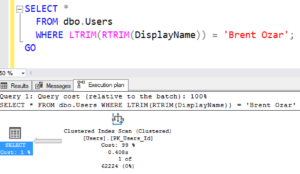Parameter Sniffing in SQL Server 2019: Adaptive Memory Grants
18 Comments
This week, I’m demoing SQL Server 2019 features that I’m really excited about, and they all center around a theme we all know and love: parameter sniffing. If you haven’t seen me talk about parameter sniffing before, you’ll probably wanna start with this session from SQLDay in Poland. This week, I’m going to be using…
Read More

















